Russian Types & Scenes ~ published 1st October 2014
Wednesday, October 1st, 2014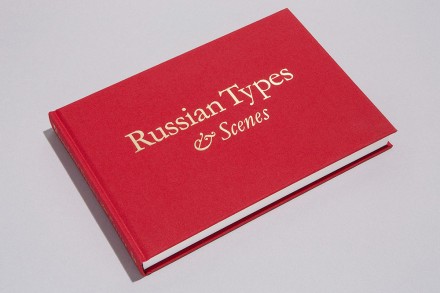
Preface
āMy chief hope for this book is that it may help to make others think of Russia, not as an abstraction, not as a unit, but as a very large number of very interesting human beings, most of them lovable.ā ā In a Russian Village Charles Roden Buxton, Labour Publishing Company, London 1922
Russian Types & Scenes is a companion volume to Wooden Churches ā Travelling in the Russian North. Photographing the churches was exciting and exhilarating but it was also frustrating. My camera was attached to a tripod. I faithfully gave my attention to the tripod and its camera, adjusting the position, the level, the height, the framing, the focus, the shutter speed and the aperture while brushing away snow, rain and mosquitoes from the lens. I knew that if I was to move away for a moment the sun would burst through the clouds; a dog, a cow, a horse or a wonderfully exotic Russian would hove into frame. Meanwhile all around me extraordinary everyday things were happeningā¦
I did take some photographs away from the tripod but our schedule was tight and there was little time to loiter ā a prerequisite for reportage photography. The majority of the photographs in this book have been taken since the publication of Wooden Churches. Iāve continued to travel to the Russian North with friends, journalists, restorers, students and ļ¬lm makers.
On most of these trips Iāve left my tripod at home or at best kept it deep in my luggage, to be called upon to photograph a church I havenāt photographed before. I now travel with a light handheld camera. The schedules have been slightly less demanding, although no less adventurous, but more importantly with less to carry and to take care of, there has been more time and energy to loiter.
Russian Types was the generic title the St Petersburg photographer William Carrick (1827-78) gave to the photographs he took of tradespeople, peasants, priests and ofļ¬cials in his studio and later to the scenes of Russian life taken in the āļ¬eldā. This genre became very popular and was taken up by many photographers, artists and postcard publishers well into the 20th century.
A story from Solzhenitsyn explaining the shortcomings of colour photography follows in lieu of an introduction.
Richard Davies, London, June 2014
~
Along side the photographs there are texts by the Moscow architectural historian Alexander Mozhaev, together with the insights of writers, artists, and poets.
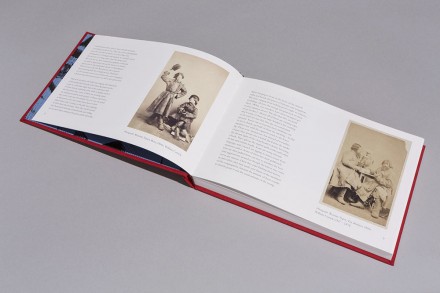
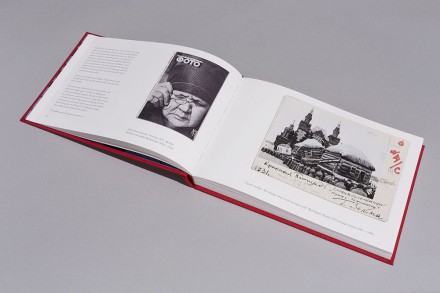
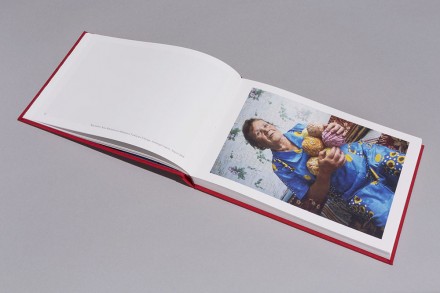
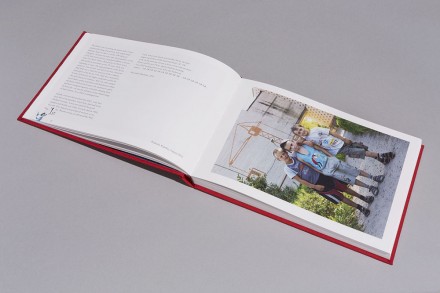
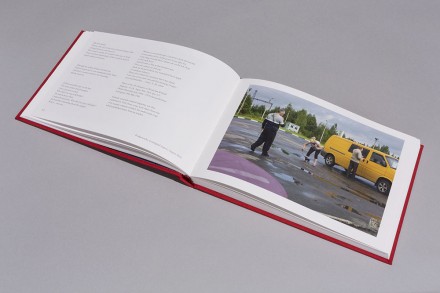
The ļ¬rst bread!
Tell me, who of you has never enjoyed eating a slice of bread from the new harvest?
How nicely it smells. Itās a smell of the sun, of fresh straw, and most importantly, of the combine driverās hands soaked in kerosene.
Five Romances on Words from Krokodil Magazine, ā 24, August 30th, 1965, opus 121Ā Dmitri Shostakovitch (1906-1975) ļ¬rst performed Leningrad, 28th May 1966
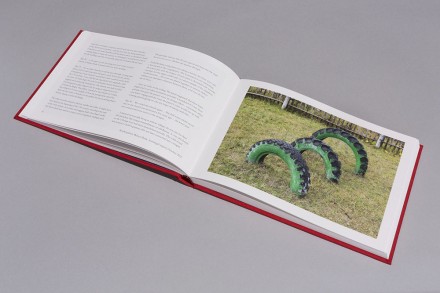
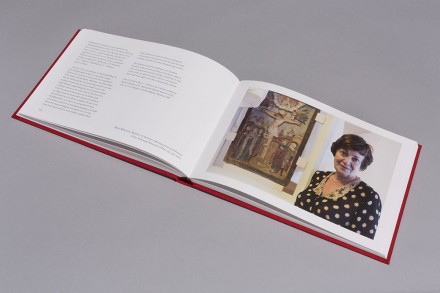
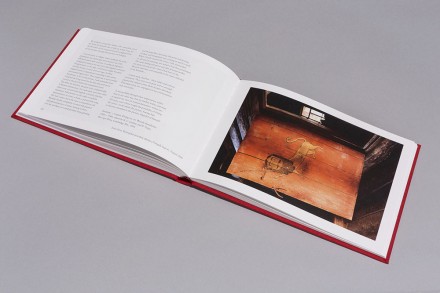
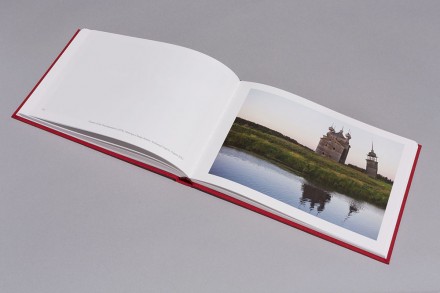
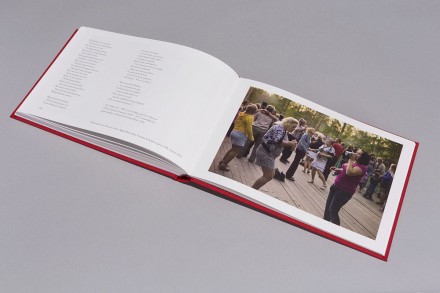
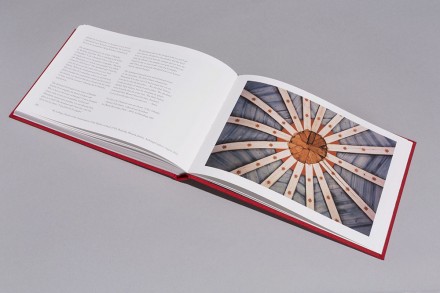
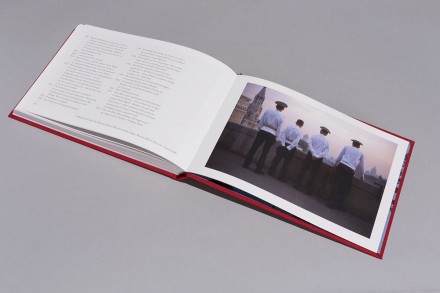
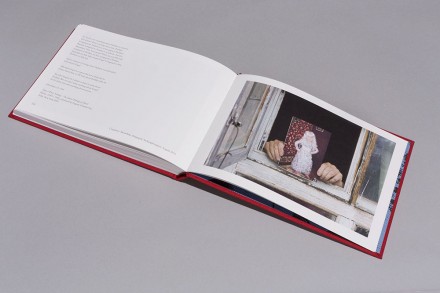
Itās hard to say something about Pushkin to a person who doesnāt know anything about him. Pushkin is a great poet. Napoleon is not as great as Pushkin. Bismark compared to Pushkin is a nobody. And the Alexanders, First, Second and Third, are just little kids compared to Pushkin. In fact, compared to Pushkin, all people are little kids, except Gogol. Compared to him, Pushkin is a little kidā¦
Today I Wrote Nothing ~ The Selected Writings of Daniil Kharms (1905-1942), translated by Eugene Ostashevsky, Ardis, New York 2009